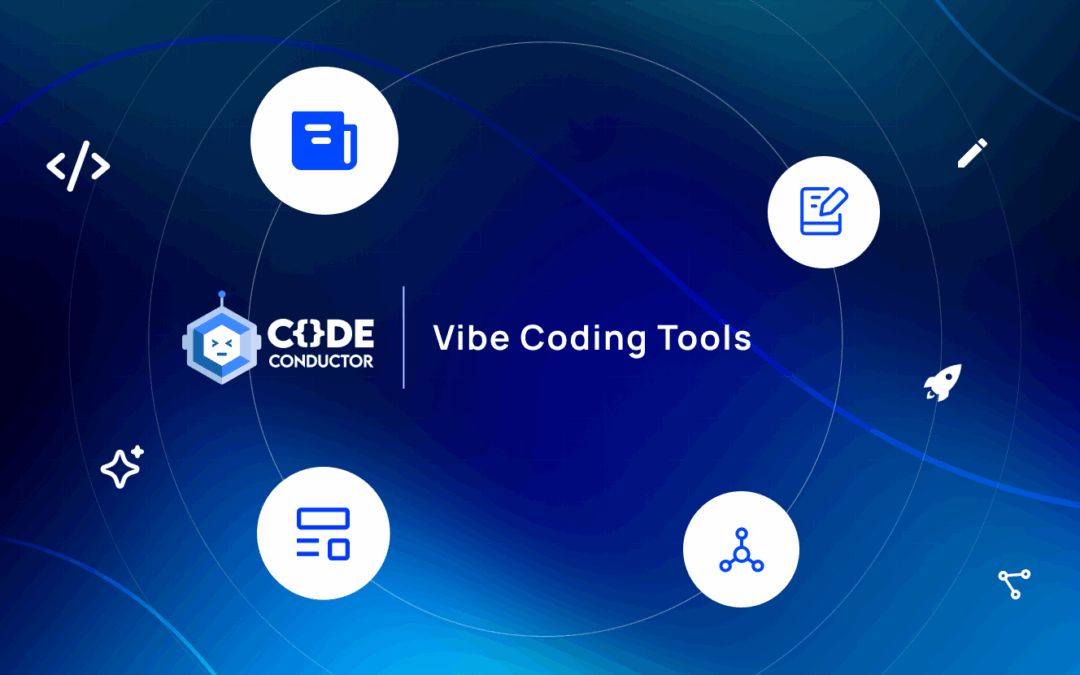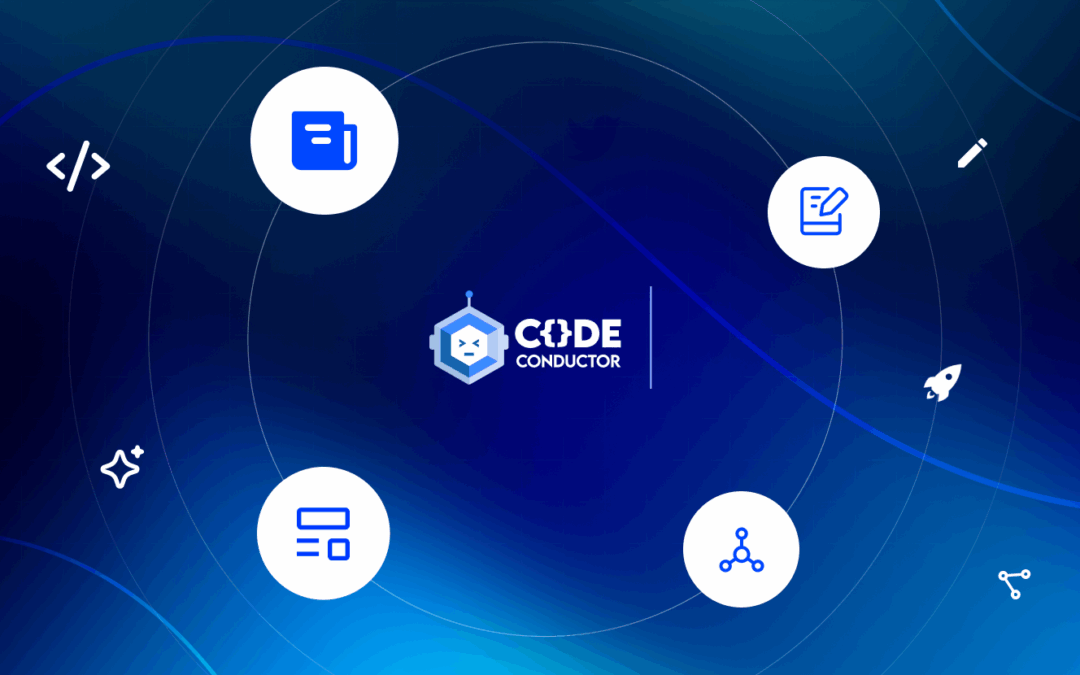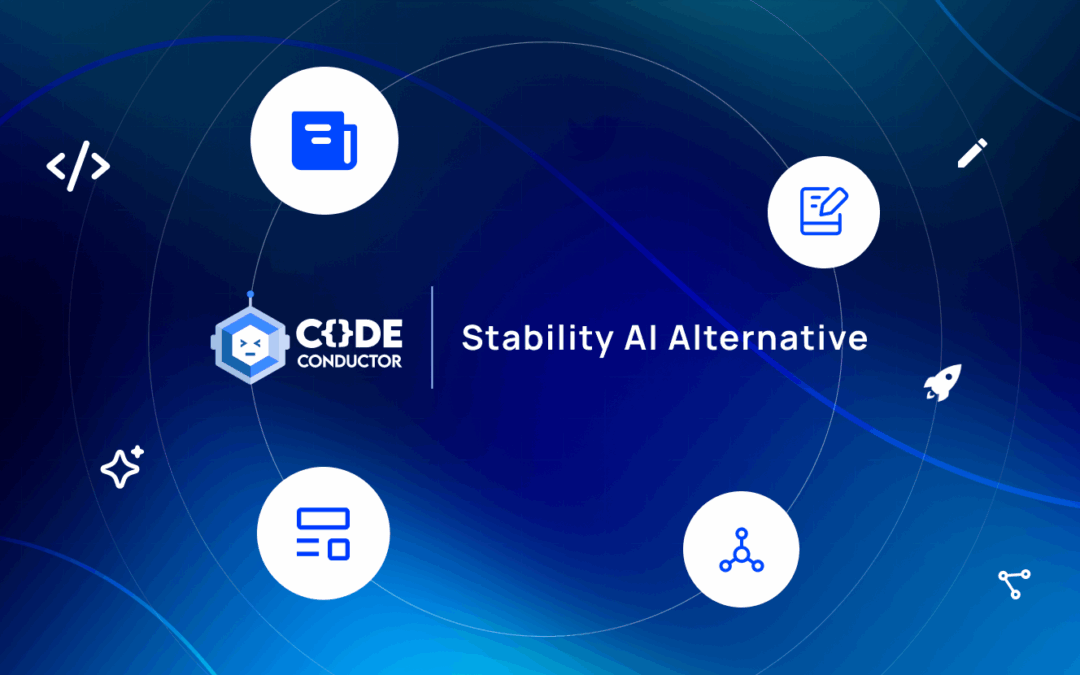
by Paul Dhaliwal | Sep 16, 2025 | Vibe Coding, AI App Development, AI coding, AI Software Development, AI Tools, AI Website Development
The way people create software is changing fast in 2025. More developers, makers, solopreneurs, and enterprises are turning to vibe coding tools that make building software more productive and enjoyable. These platforms go beyond traditional coding environments. They...
![Best v0 Alternative to Build AI-Generated Apps – CodeConductor [2025]](https://codeconductor.ai/wp-content/uploads/2025/09/v0-Alternative-1080x675.png)
by Paul Dhaliwal | Sep 4, 2025 | AI App Development, AI Software Development
Are you building apps with v0 by Vercel but running into limitations around memory, integrations, or deployment? That’s a common challenge for fast-moving developers and teams who start with v0. The platform excels at converting natural language prompts into React or...

by Paul Dhaliwal | Aug 27, 2025 | AI Software Development, AI Tools, Artificial Intelligence
If you’re desperate to land a job, any job, not just a software one, this hack works. It’s not magic. It takes a little more effort than blasting résumés into job portals. Most people don’t have the patience to sit down and do this consistently. They give up because...

by Paul Dhaliwal | Aug 26, 2025 | AI Software Development
Every big shift in technology sparks job fears. In the 1980s, it was mainframes and automation. In the 2000s, outsourcing. In 2025, it’s artificial intelligence. The worry is simple: if AI can write code, do companies still need junior developers? The debate...

by Paul Dhaliwal | Jul 30, 2025 | AI App Development, AI development tools, AI Software Development
Share at: ChatGPT Perplexity Claude.ai Grok Google AI Stability AI is known for producing some of the most powerful open-source AI models like Stable Diffusion for images and StableLM for language tasks. Whether you’re experimenting with text-to-image workflows,...

by Paul Dhaliwal | Jul 25, 2025 | AI development tools, AI Software Development
Share at: ChatGPT Perplexity Claude.ai Grok Google AI Looking for a more powerful alternative to RA-AID.ai? While RA-AID is great for building internal A’I assistants and automating workflows, it falls short when it comes to building complete applications,...


![Best v0 Alternative to Build AI-Generated Apps – CodeConductor [2025]](https://codeconductor.ai/wp-content/uploads/2025/09/v0-Alternative-1080x675.png)




